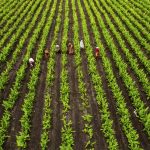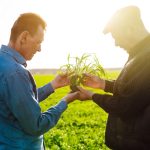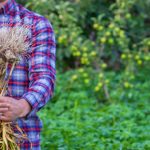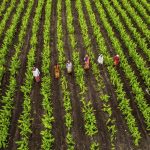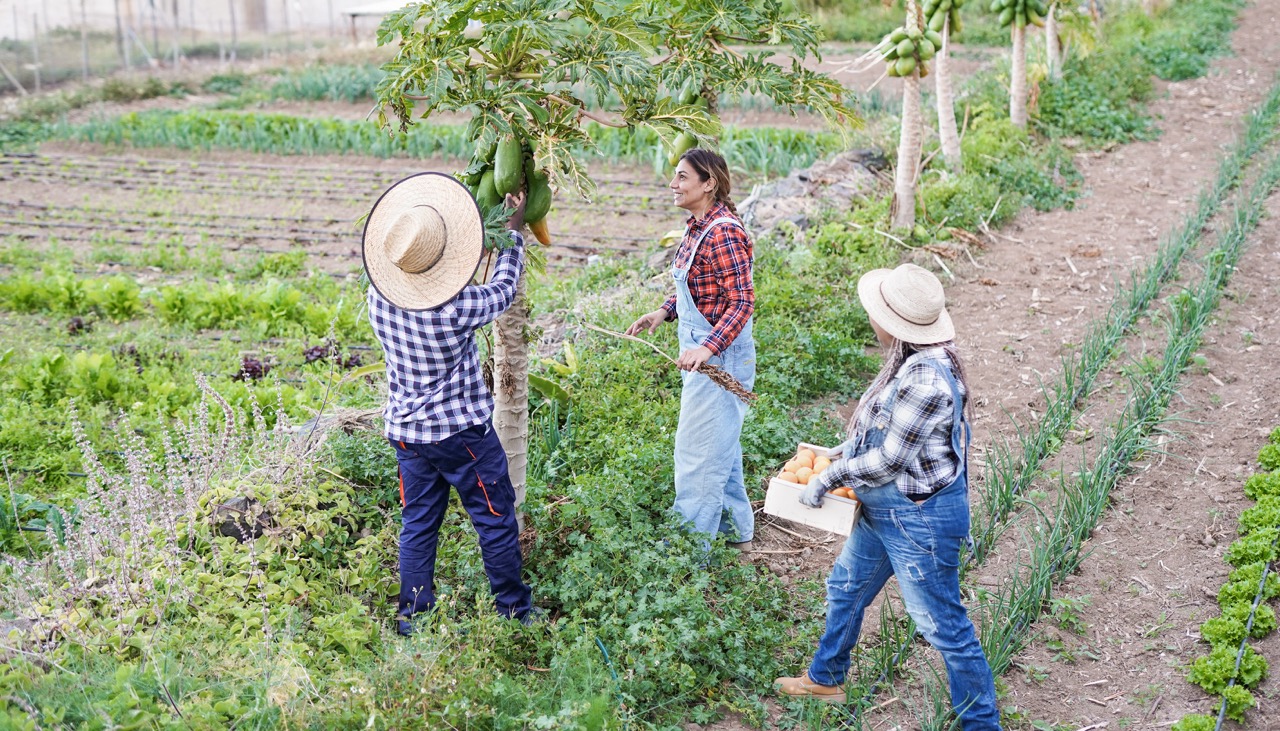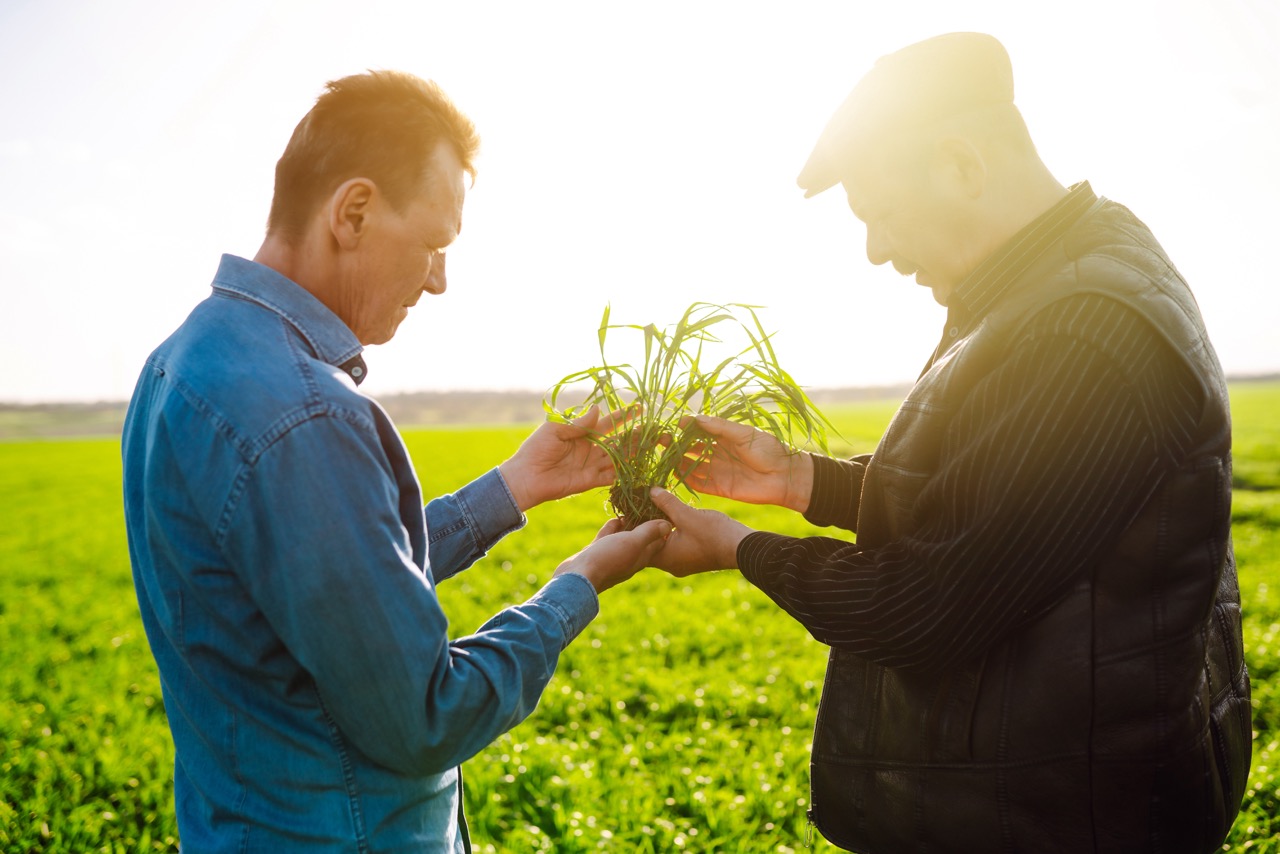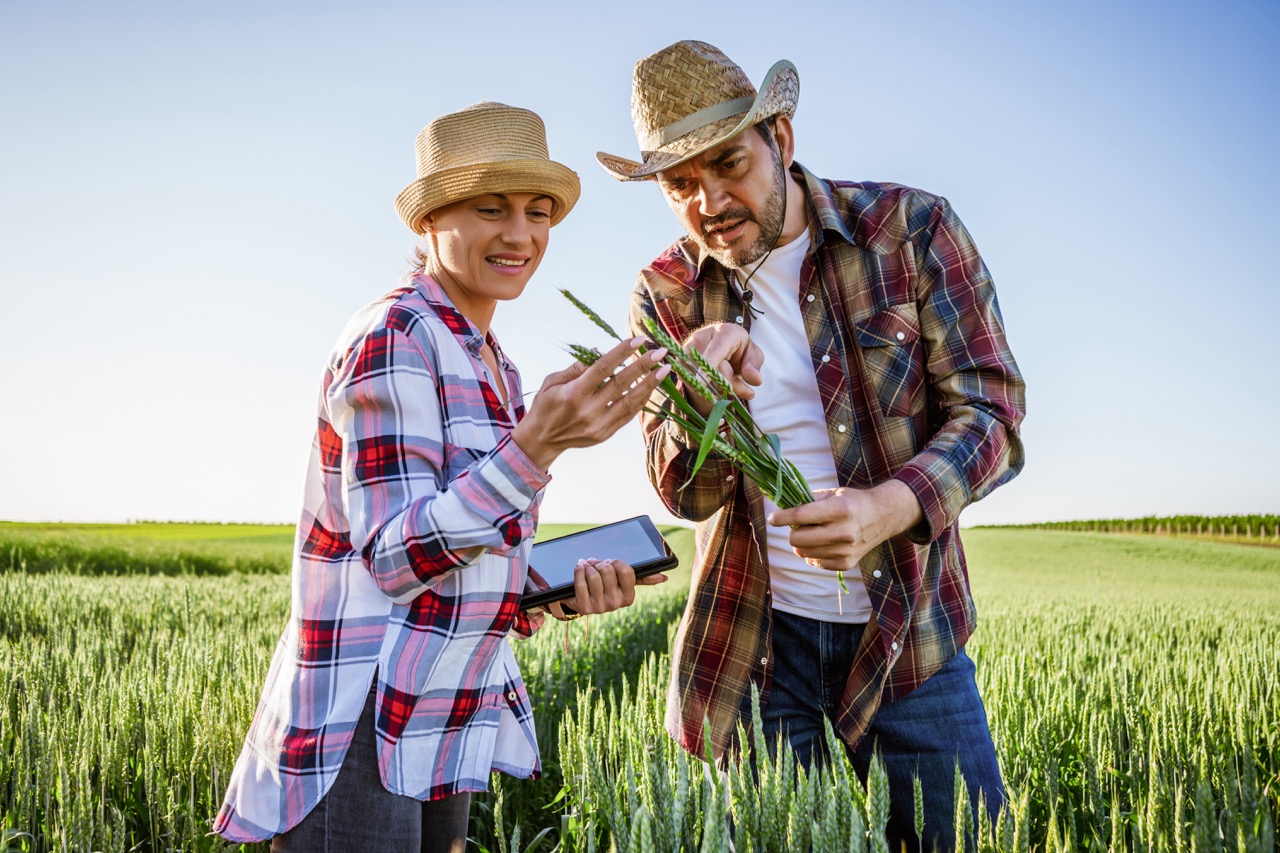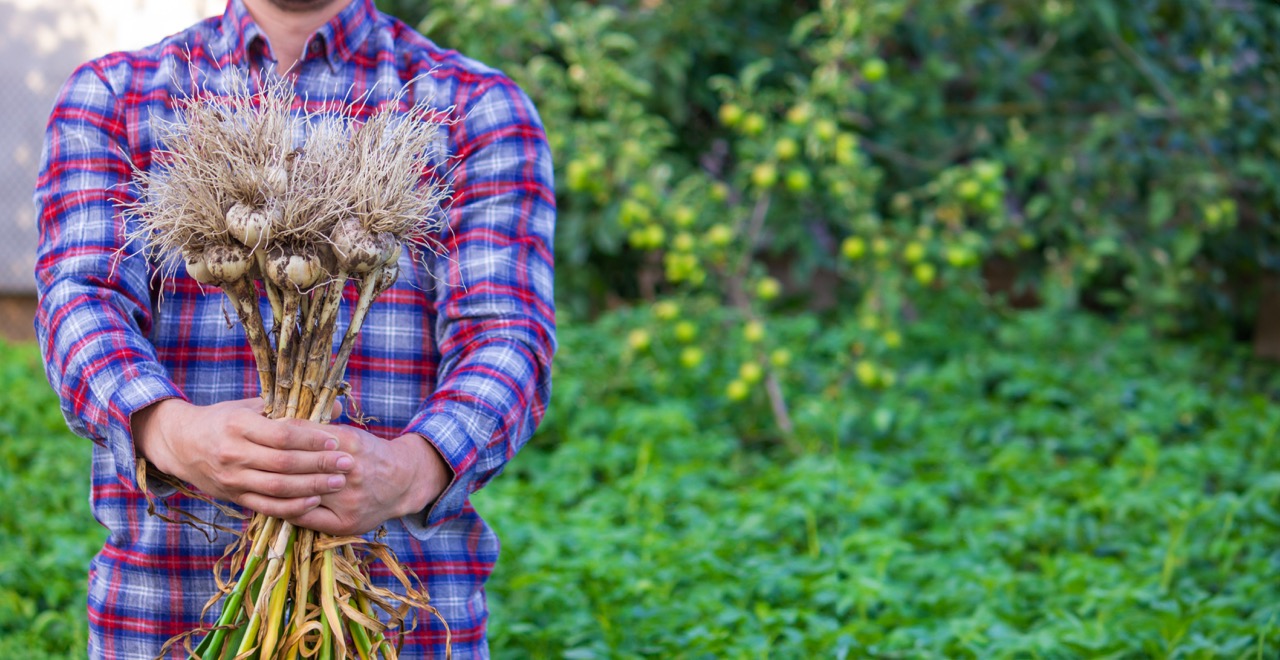Sharecropping, a system of agriculture where tenants work the land of a landowner in exchange for a share of the crops, has often been framed in a historical context, particularly within the antebellum South of the United States. However, its relevance persists today, particularly in discussions surrounding local and regional food systems. This article explores how sharecropping not only fosters sustainable agricultural practices but also strengthens local economies and enhances food security. By examining its multifaceted benefits, we can appreciate sharecropping’s role in building resilient food systems that cater to community needs.
Understanding Sharecropping: A Historical Perspective
Sharecropping emerged during the Reconstruction era in the United States as a response to the socio-economic challenges faced by newly freed African Americans. Initially seen as a step toward economic independence, sharecropping allowed former slaves to cultivate land and sustain their families. While it offered a semblance of autonomy, it was also fraught with exploitation, often leading to cycles of debt and dependence on landowners. Understanding this historical backdrop is crucial for comprehending the complexities of sharecropping as it exists today.
The system historically reinforced social hierarchies, particularly in the South, where racial inequities were pronounced. Sharecroppers, primarily African American families, provided labor in exchange for a portion of the harvest, yet they frequently faced unfair practices that undermined their economic stability. Despite these challenges, sharecropping laid the groundwork for local agricultural knowledge transfer and community cohesion. Over time, sharecroppers developed unique farming techniques and adapted to their specific geographical contexts, contributing to the agricultural landscape of their regions.
In contemporary society, sharecropping has evolved to incorporate cooperative models, where multiple farmers work together to cultivate land and share resources. This modern adaptation recognizes the need for equitable practices and supports sustainable agriculture. By fostering a cooperative spirit, the new generation of sharecroppers can leverage their collective knowledge and resources, creating a more resilient approach to local food production, while also addressing the historical injustices associated with traditional sharecropping systems.
The Role of Sharecropping in Sustainable Agriculture
Sharecropping, when executed with a focus on sustainability, promotes environmentally friendly farming practices. By encouraging crop rotation, organic farming, and diversified planting, sharecroppers can enhance soil health and biodiversity. These practices not only improve local ecosystems but also contribute to the overall resilience of food systems. The commitment to sustainable agriculture allows sharecroppers to cultivate high-quality crops while minimizing the use of synthetic fertilizers and pesticides, which can harm the environment.
Furthermore, sharecropping can foster a sense of stewardship among farmers. As individuals become more directly connected to the land they farm, they often develop a deeper understanding of ecological balance and resource management. This relationship to the land encourages practices that prioritize long-term vitality over short-term gains, benefiting both farmers and the communities they serve. The emphasis on local knowledge and sustainable methods positions sharecropping as a viable model for addressing the broader challenges posed by industrial agriculture.
Additionally, many sharecropping arrangements today focus on community-supported agriculture (CSA) initiatives, where consumers invest in local farms upfront. This model not only provides sharecroppers with much-needed capital during planting but also creates a direct connection between farmers and consumers. By prioritizing local markets and community engagement, sharecropping can play a pivotal role in promoting sustainable agricultural systems that respect environmental limits while meeting the food needs of local populations.
Strengthening Local Economies Through Food Production
Sharecropping systems significantly bolster local economies by promoting food sovereignty and reducing reliance on imported goods. When communities invest in local agriculture, they create an economic cycle that keeps resources within the area, fostering job creation and stimulating local markets. This economic resilience is vital, particularly in rural areas where traditional employment opportunities may be limited. By providing a steady source of fresh produce, sharecropping enhances food access and affordability for local residents.
Moreover, sharecroppers often participate in farmers’ markets and community events, serving as vital links between food producers and consumers. These interactions encourage an appreciation for local food while also educating the community about the benefits of supporting local agriculture. As consumers engage with sharecroppers, they not only gain access to fresh produce but also develop a stronger connection to their food sources, fostering a shared sense of accountability and responsibility towards their local economy.
Additionally, sharecropping can contribute to regional economic stability by promoting agricultural tourism. Many regions leverage their agricultural heritage to attract tourists, creating an opportunity for sharecroppers to diversify their income streams. Local farms can offer workshops, farm-to-table dining experiences, and educational programs that highlight the importance of sustainable agriculture. By integrating sharecropping into the broader economic framework, communities can cultivate a thriving food culture that celebrates local production and encourages community involvement.
Building Resilience: Sharecropping and Food Security
Food security remains a pressing global issue, and sharecropping provides a unique solution to enhance access to nutritious food. By establishing networks of local farmers, communities can ensure a steady supply of fresh produce, mitigating the risk of food deserts that often plague urban and rural areas alike. Sharecropping arrangements can facilitate the cultivation of diverse crops, which not only supports dietary variety but also strengthens the overall resilience of the food system against climate fluctuations and economic downturns.
In times of crisis, such as natural disasters or global pandemics, locally maintained sharecropping systems can rapidly respond to community needs. Sharecroppers can adapt their cultivation strategies to prioritize the most needed crops, thus ensuring that local populations have access to essential food items. This flexibility is vital for maintaining food security during unpredictable circumstances, as reliance on distant supply chains can lead to shortages and increased vulnerability.
Moreover, sharecropping can serve as a platform for community empowerment. By involving local residents in decision-making processes regarding what to grow and how to distribute food, communities become more self-reliant and resilient. This participatory approach fosters a sense of ownership and investment in local food systems, which is essential for long-term sustainability. Ultimately, sharecropping can transform how communities approach food security, shifting the focus from dependency to empowerment and mutual support.
In summary, sharecropping has evolved from a historically fraught agricultural system to a contemporary model that offers multiple benefits for local and regional food systems. By prioritizing sustainable practices, strengthening local economies, and enhancing food security, sharecropping can play a crucial role in building resilience within communities. As we recognize the importance of local food systems in addressing contemporary challenges—including climate change, economic disparities, and food insecurity—embracing and supporting sharecropping as a viable agricultural model will be essential in fostering a sustainable and equitable food future.
